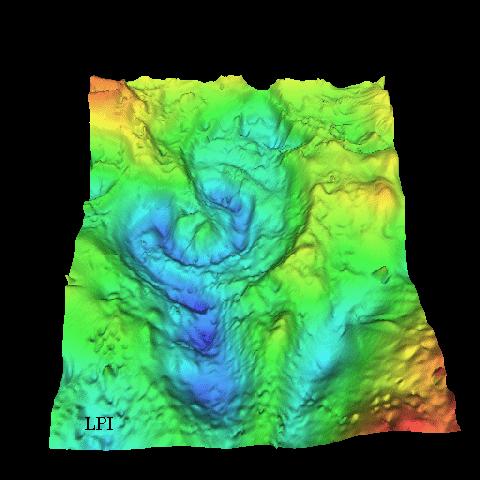
http://palaeo.gly.bris.ac.uk/Communication/Lee/main.html
Soon after, gravity maps and underground
drilling showed that this site had many of the
signatures expected from the location of an
impact site.
The gravity data is particularly compelling.

http://palaeo.gly.bris.ac.uk/Communication/Lee/main.html
In short, a likely candidate crater had been found.
Drilling of the rocks
ultimately proved that the Chicxulub crater
was an impact structure of the
correct age.
Aside: big craters have central peaks (see
also some images of Europa). Here is a
cool animation that shows how craters (and central
peaks) form.